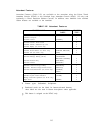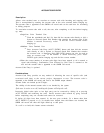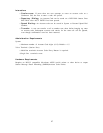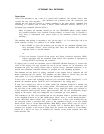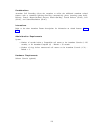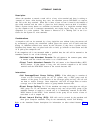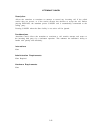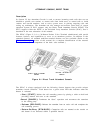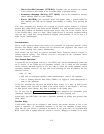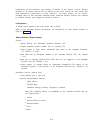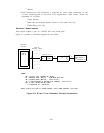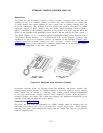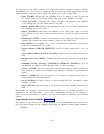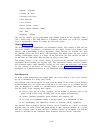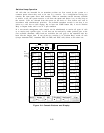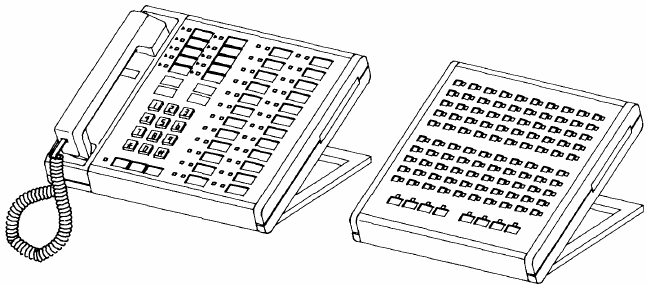
ATTENDANT CONSOLE, DIRECT TRUNK
Description
In System 25, the Attendant Console is used to answer incoming trunk calls that are not
directed to specific user stations, to answer calls from inside users, to extend calls to inside
stations and outside numbers, and to assist system users in placing outgoing calls and
setting up conferences.
The attendant can also manage and monitor some areas of system
operation. System 25 R1Vl supports only the Direct Trunk Attendant Console (DTAC). The
R1V2 supports either the DTAC or the Switched Loop Attendant Console (SLAC), that is
described in the next subsection of this manual.
The DTAC (Figure 2-1) is a 34-Button Deluxe Voice Terminal administered with special
features, buttons, and capabilities to serve as an attendant position. In addition to the
attendant features, all standard multiline terminal features are also available. (Refer to the
Hardware Description section of this manual for a complete identification of the external
controls, indicators, and components of the basic voice terminal. )
DIRECT TRUNK ATTENDANT
OPTIONAL SELECTOR
CONSOLE
CONSOLE
Figure 2-1. Direct Trunk Attendant Console
The DTAC is always equipped with the following feature buttons that provide unique
attendant console functions.
Each button has a green status LED that indicates when the
feature is activated.
● Start [START] Initiates the call extending process by placing a caller on hold and
providing internal dial tone to the attendant
● Cancel [CANCEL]: Terminates the
“Start” operation and reconnects the attendant
to the calling party.
● Release [RELEASE]: Releases the attendant from an active call and completes the
call extending process.
●
Return-On-Busy [RTN-BUSY]: Camped-on calls are returned to the console on
this button if not answered within a specified interval.
2-13



